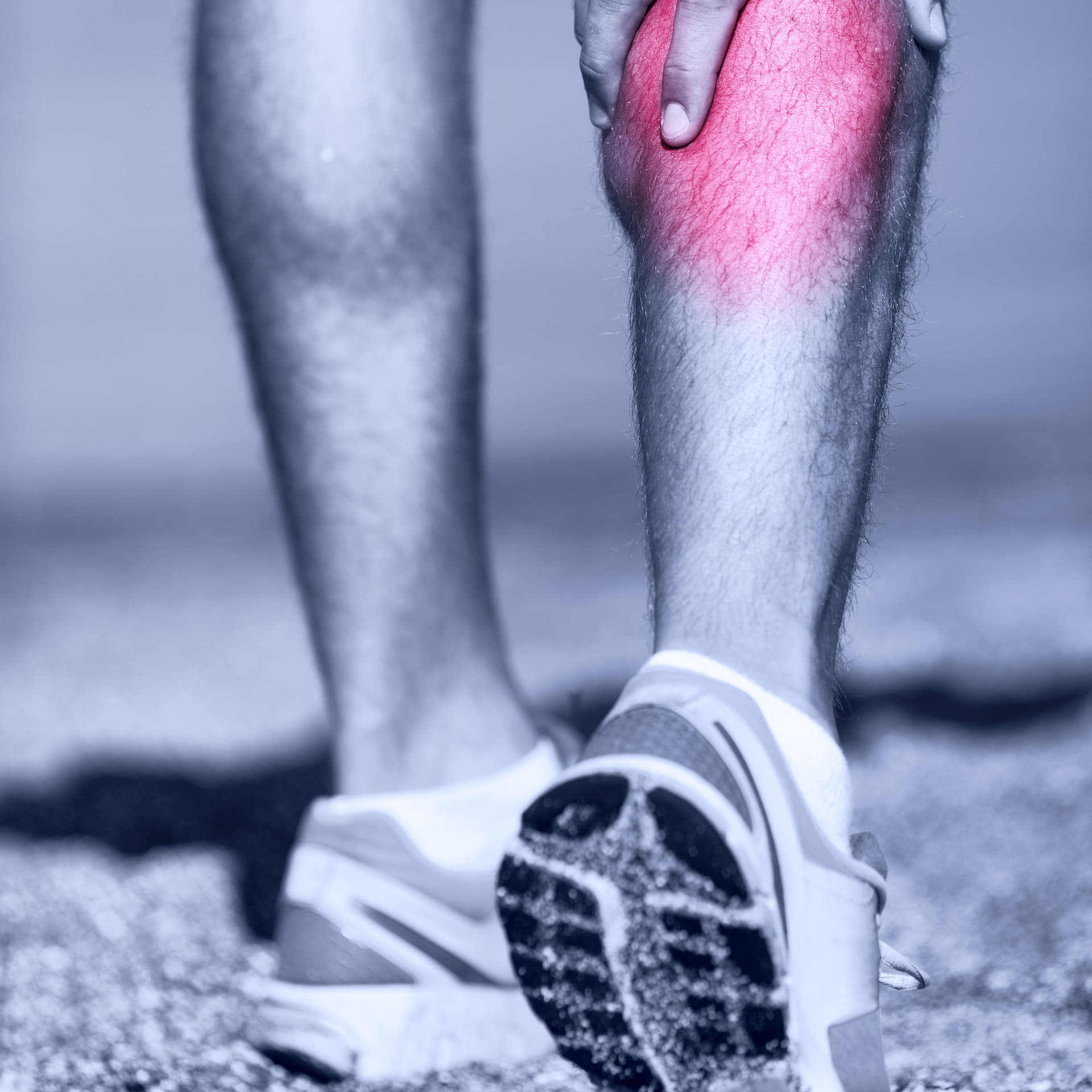Project Description
Detecting exercise injuries in advance involves monitoring and assessing various factors related to an individual’s physical activity, biomechanics, and overall health. While it may not always be possible to accurately predict injuries in advance, there are several methods and strategies to identify and reduce the risk factors associated with exercise. Here are some techniques to determine potential risk factors and prevent exercise-related injuries:
1. Movement Analysis:
- Biomechanical Assessment: Evaluating an individual’s movement patterns and biomechanics during exercise.
- Gait Analysis: Analyzing a person’s walking or running style to provide insights into potential issues.
2. Load Monitoring:
- Training Load Management: Monitoring the intensity, duration, and frequency of training. Sudden increases in these variables can lead to overuse injuries.
- Tracking Progress: Regularly assessing an individual’s progress and adjusting training programs accordingly.
3. Physiological Monitoring:
- Heart Rate Monitoring: Monitoring heart rate during exercise to manage intensity and prevent excessive strain.
- Fatigue Level Monitoring: Utilizing devices like wearables to provide data on sleep quality, stress levels, and overall fatigue, helping determine when the body needs rest.
4. Pre-Participation Screening:
- Health Assessment: Conducting a comprehensive health screening before starting exercise to identify existing conditions or contraindications to specific exercises.
- Medical History: Understanding an individual’s medical history, previous injuries, and ongoing health issues is crucial.
5. Flexibility and Strength Assessments:
- Functional Movement Screening (FMS): Assessing the quality of fundamental movement patterns to identify areas of weakness or imbalance.
- Muscle Strength and Imbalance Tests: Identifying muscle imbalances and weaknesses that may contribute to injuries.
6. Training Programs:
- Correct Technique Education: Teaching individuals proper exercise techniques and ensuring consistent application to minimize the risk of injury.
- Supervision of Training: Having qualified trainers or coaches oversee workouts provides instant feedback and correction.
7. Recovery Strategies:
- Rest and Recovery: Adding sufficient rest days to training programs to allow the body to recover.
- Nutrition and Hydration: Proper nutrition and hydration play a significant role in preventing fatigue and supporting recovery.
8. Regular Health Checkups:
- Encouraging individuals to seek regular health checkups with healthcare professionals to identify potential health issues. ,
- Listening to the Body: Encouraging individuals to pay attention to pain, discomfort, or unusual sensations during exercise and adjust activities accordingly.


